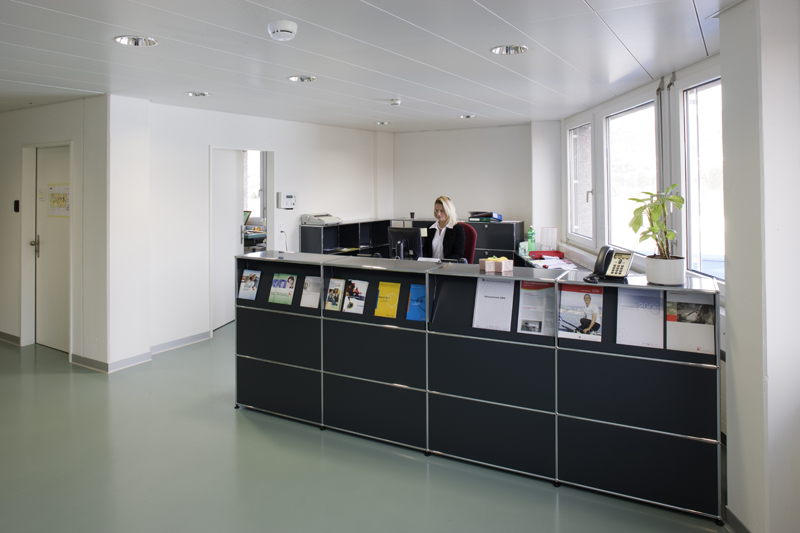The sheer scale of modern facilities, density of occupation and growing user demands present particular challenges for fire safety and protection. The speed of detection is crucial as it enables users to intervene at the earliest possible opportunity and prevent further escalation.
Intelligent smoke, flame, heat and carbon monoxide detectors will detect minute smoke particles and will provide an instant fire alert. Importantly, they will also determine false fire phenomena due to issues such as toasters, poor housekeeping, airborne particles, welding, humidity and temperature change, and will not alarm in these instances. The impact of false alarms on the workplace is immense, as lost working hours and the upheaval of evacuating premises adds up to significant financial loss. Modern smart devices can even be adapted to reflect environmental changes in room usage.
In the event of a fire or major alert, rapid and orderly evacuation is of the highest priority. Emergency evacuation highlights the need for greater control during a major incident and voice alarm systems play an integral role in managing these critical situations. Studies reveal that many people do not know how to react to conventional alarms such as bells or sirens. Many assume that it is a test or false alarm; others remain confused and unsure of what to do. Comprehensive messages about the nature of the incident, and the appropriate action to take, using clear language will minimise the potential for panic or confusion.
Zoned voice alarm involves the delivery of high-performance messaging across multi-level, multi-occupancy buildings, offering controlled evacuation where selected floors are evacuated, while others are simultaneously alerted. Evidence has shown that multiple alerts are more effective; the combination of audio and media such as SMS has a greater success rate. Automatic coloured lighting systems can then be employed to direct personnel to the most appropriate emergency exit routes to further ensure personnel safety during the evacuation. It is vital to only evacuate those at risk and this combination of verbal instructions, messaging alerts and wayfinding will maximise safety procedures.

